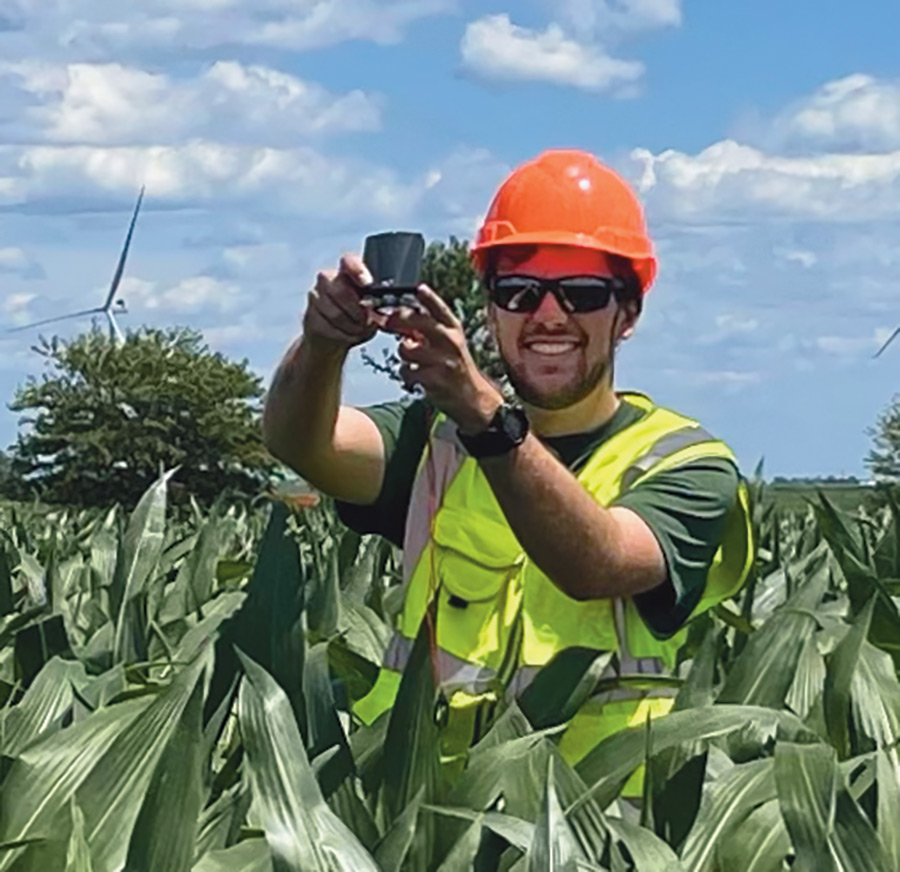
Flying Bats, Spinning Blades
Researchers believe that bats are somehow attracted to wind turbines. This means as wind energy development expands rapidly, the problem of bat fatalities is becoming more widespread.

New study sheds light on bat mortality
However, Drs. Frick and Friedenberg found that curtailment, which means reducing turbine operations at lower wind speeds, is an effective strategy to reduce bat fatalities: “We show that risks of decline and extinction may still be mediated with rapid adoption of measures to reduce bat fatalities. We find that levels of fatality reduction shown to be achievable in empirical studies of fatality minimization, by turbine curtailment, may be sufficient to manage risks,” they wrote.
Bat researchers have known for a long time that most fatalities from wind farms occur at low wind speeds. “If we can change what we call the cut-in speed, the wind speed at which we allow the turbine blades to spin, we can dramatically reduce the number of bats that are killed,” Dr. Frick explains. Adjusting cut-in speeds to above five meters (around 16 feet) per second can reduce bat fatalities by as much as 50%.
Working together to find solutions
“We are working to find scalable solutions to reduce bat fatalities at wind energy facilities,” says Michael Whitby, Director of BCI’s Bats and Wind Program. By partnering with industry and other stakeholders, BCI aims to develop solutions that will support wind power without endangering bat species.
The authors focus on land-based power generation in this study, but the ongoing push to expand wind farms at sea may also pose a risk to bats. “These turbines are expected to be installed at 20 to 50 kilometers (12 to 31 miles) offshore,” Whitby explains. “If bats can see them from onshore, there is a high potential that they could be attracted to these turbines, and the problem could also occur offshore. We have a lot of records of bats offshore, so we know they go there. That’s a huge concern that’s often overlooked.”
Dr. Frick points to the importance of acting rapidly to reduce bat fatalities as scientists are also working to collect more data, such as hoary bat population size estimates and population trends. She also emphasizes the importance of climate solutions like wind energy.
“It’s important to underscore that finding ways for wind power to help us meet our renewable energy goals, without causing species extinctions, is part of our contribution to climate change solutions,” Dr. Frick says. “I think we can have wind power, and we can have bats. We shouldn’t feel like we have to choose between wind power and wildlife.”